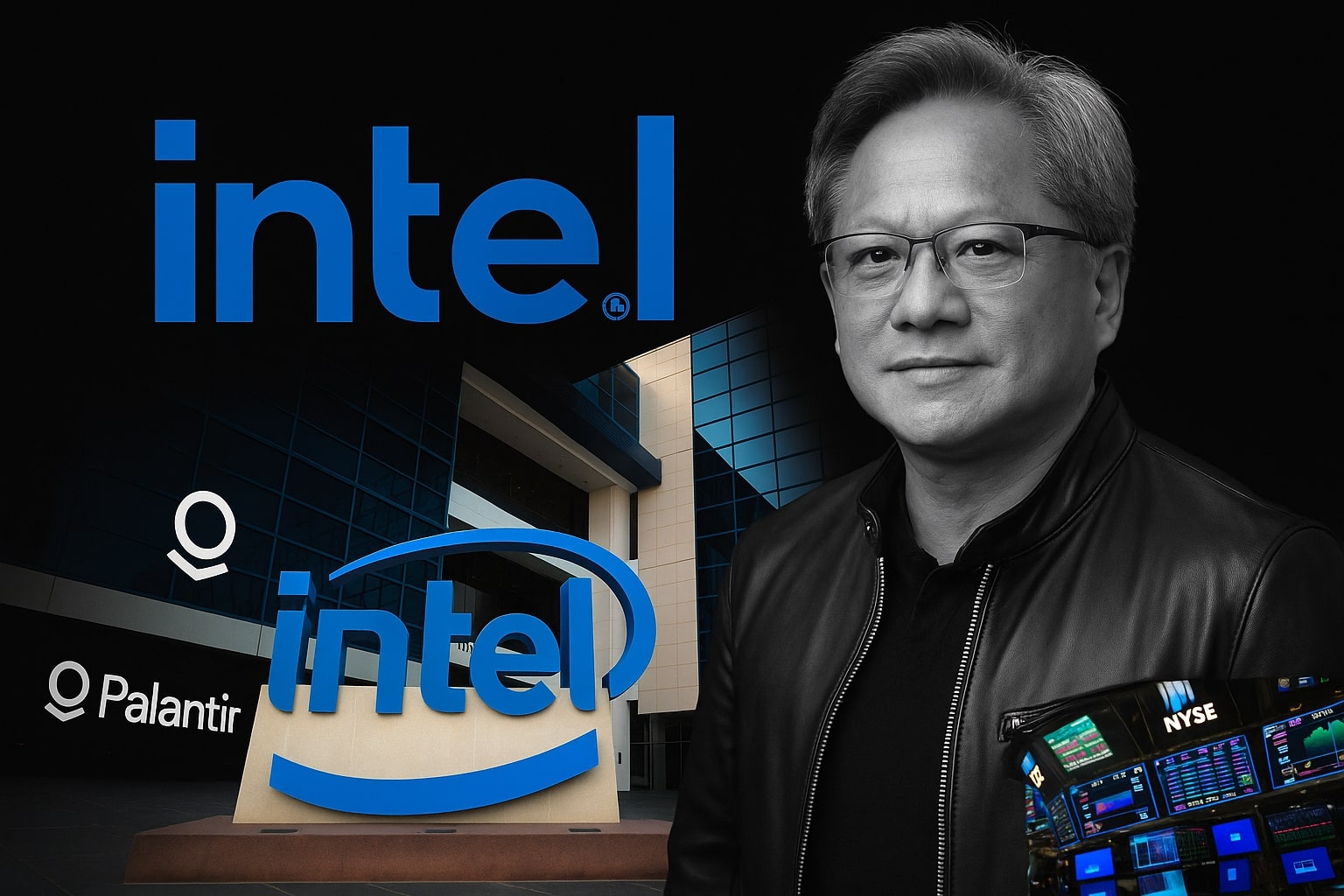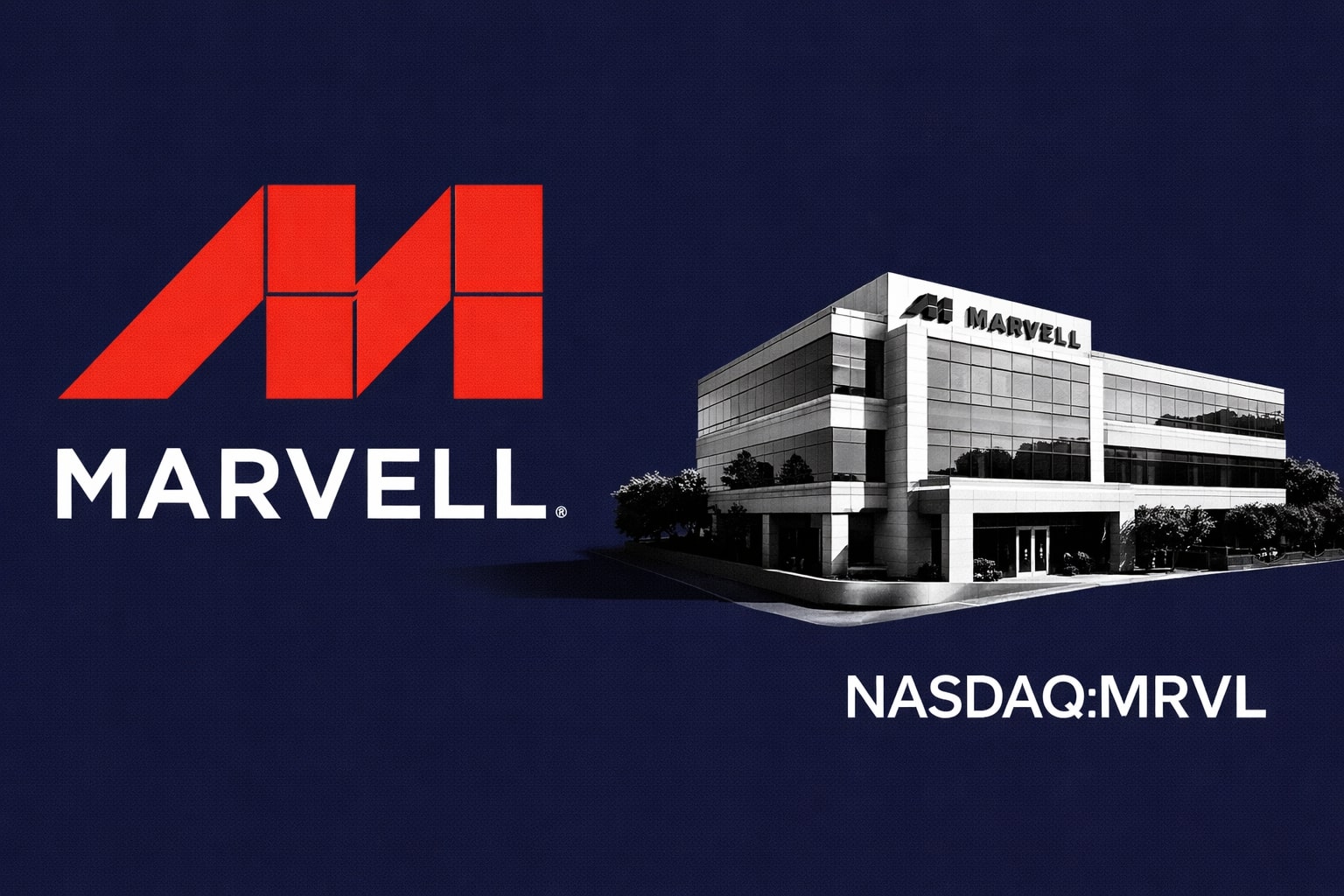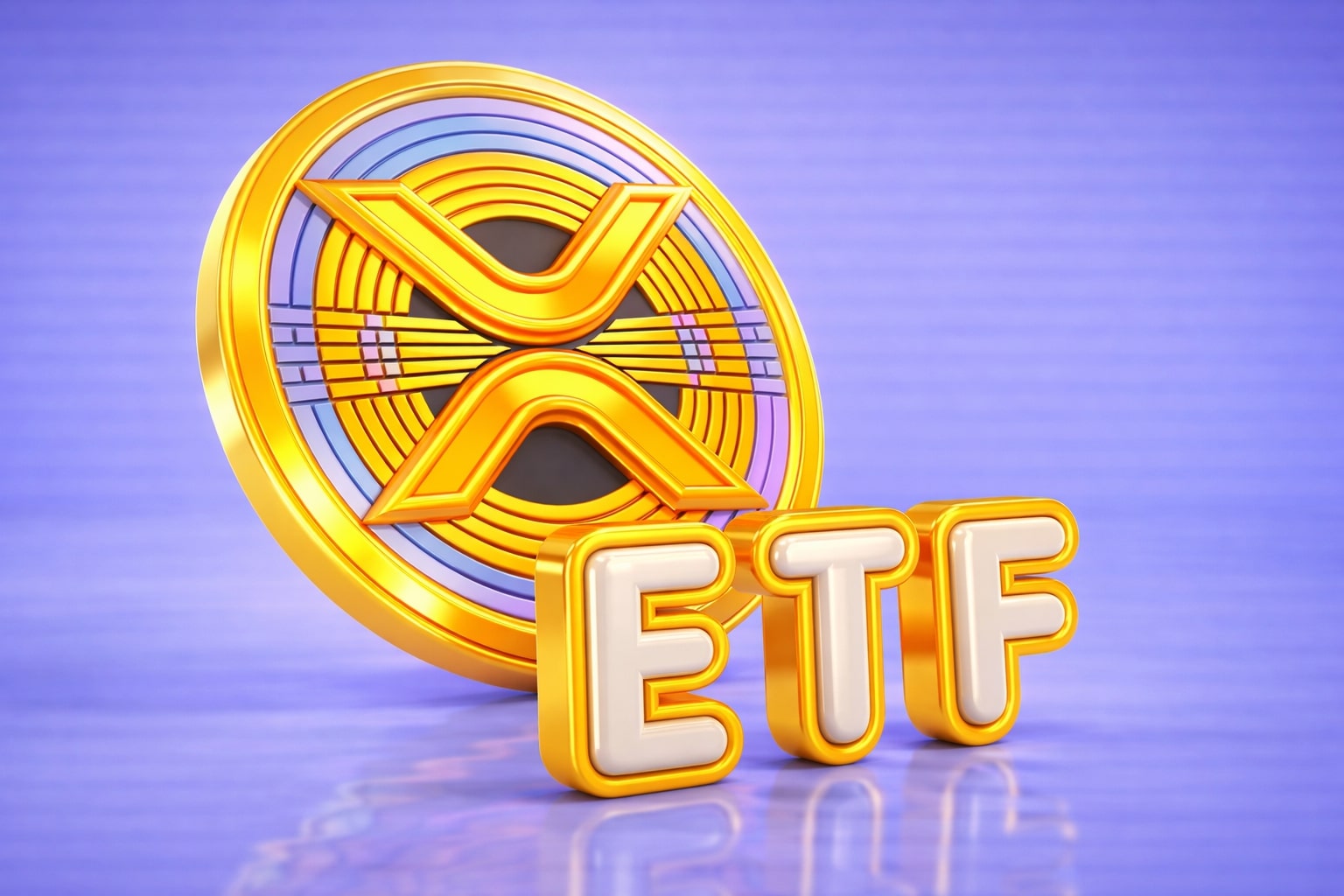
Intel Stock Price Forecast - INTC at $29.22: Nvidia’s $5B Stake and U.S. Backing Ignite Turnaround Momentum
With a 45.7% YTD surge, $53B revenue base, and 58% CPU share, Intel leverages Nvidia’s partnership and U.S. equity support to aim for $40–45, despite -$20.5B net income and execution risks | That's TradingNEWS
Intel (NASDAQ:INTC) Surges on Nvidia $5B Deal and U.S. Backing at $29.22
NASDAQ:INTC is trading at $29.22, down 1.18% intraday, but that modest pullback masks a dramatic story. Just one week ago, Intel hit a 52-week high of $32.38, up almost 83% from its yearly low of $17.67. Year-to-date, Intel has rallied 45.7%, far ahead of the S&P 500’s 13.7% and even above the Dow’s 9.2% return. The main driver: Nvidia’s $5 billion investment that secured a 4% stake at $23.28 per share, a deal that changed how Wall Street views Intel’s recovery prospects.
Nvidia Alliance Creates a New Compute Architecture for AI Growth
The Nvidia pact reshapes Intel’s future. By embedding NVLink directly into Intel CPUs, the company transitions from being just the “traffic cop” of data centers to an active compute engine, orchestrating Nvidia’s GPUs with far lower latency. With Nvidia’s AI revenue run rate now over $160 billion annually, even a 10% share of that ecosystem could deliver $16 billion in incremental sales for Intel, effectively doubling its current data center revenues of $15.5B TTM. Investors have re-rated Intel not as a legacy CPU manufacturer but as a strategic partner in the AI arms race.
Government Stake Reinforces Geopolitical Necessity
The U.S. government’s 10% equity position, disclosed weeks before Nvidia’s announcement, elevates Intel into a national security priority. With over 70% of advanced semiconductors made in Taiwan and China, Washington cannot risk losing Intel as a domestic champion. This dual support—private sector capital from Nvidia and public backing from the U.S. Treasury—provides Intel with not just liquidity but policy tailwinds. It positions the company as the only real alternative to TSMC (NYSE:TSM) in the West, a reality that adds a premium geopolitical layer to its valuation.
Read More
-
GPIQ ETF: High-Yield Nasdaq-100 Income Engine Near Its Highs
08.01.2026 · TradingNEWS ArchiveStocks
-
XRP ETFs: XRP Near $2.13 While XRPI and XRPR Ride $1.3B Post-SEC Inflows
08.01.2026 · TradingNEWS ArchiveCrypto
-
Natural Gas Price Forecast: NG=F Clings to $3.40 Support After 119 Bcf Storage Hit
08.01.2026 · TradingNEWS ArchiveCommodities
-
USD/JPY Price Forecast - USDJPY=X Holds 156.70 as Markets Brace for NFP Shock and Tariff Ruling
08.01.2026 · TradingNEWS ArchiveForex
Financial Picture: Revenues at $53.07B, Net Income -$20.5B
The balance sheet reveals the scale of Intel’s turnaround challenge. TTM revenue sits at $53.07B, but net income remains deeply negative at -$20.5B, reflecting an operating margin collapse to -38.6%. EPS stands at -4.77, explaining why today’s forward P/E of 44.8 looks expensive. However, analysts forecasting $3–$4 EPS in 2026 suggest that Intel’s true forward P/E could normalize closer to 8–10x earnings, a valuation less than one-quarter of AMD’s 42x or Nvidia’s 33x sales multiple. If investors re-rate Intel at just 4x sales (versus the current 2.4x), the stock price doubles to the $60+ range.
CPU Market Share: Intel at 58%, AMD Pressing at 42%
Intel still controls 58% of global CPU shipments as of Q1 2025, but AMD has been eroding that lead, especially in high-margin servers. The Nvidia partnership could reverse this erosion: Intel CPUs optimized for Nvidia GPUs provide performance synergies hyperscalers like Amazon, Microsoft, and Google value most. In consumer markets, co-engineered Intel-Nvidia AI PCs would re-establish premium-tier competitiveness against Apple’s M-series and AMD’s Ryzen-based AI solutions. If Intel reclaims just 5% market share in servers, it represents an additional $5B annualized revenue opportunity at current ASPs.
Foundry Services: 30–35% of Revenues but Untapped Leverage
Intel’s foundry segment accounts for ~30–35% of revenues, generating about $15B annually, but lacks profitability due to underutilization. The Nvidia alliance validates its packaging and advanced process tech, a critical step in winning external clients. While Nvidia still uses TSMC for leading-edge GPUs, geopolitical risk could force supply chain diversification. If even 10% of Nvidia’s GPU wafers shifted to Intel Foundry Services, that could be worth $12–15B annually, transforming IFS into a high-margin anchor instead of a drag.
Institutional, Insider, and Market Positioning
Insider transactions remain minimal, with ownership at just 0.08%, while institutional investors control 65.3% of the float. Average trading volume has surged beyond 105M shares daily, up from 72M pre-deal, reflecting hedge fund and pension allocations. Short interest fell from 2.74% to 2.46%, signaling reduced bearish conviction. Liquidity ratios remain stable, with $21.2B cash against $50.7B debt. Operating cash flow is positive at $10.1B, though free cash flow is still negative at -8.3B, a risk mitigated by Nvidia’s equity and Washington’s capital guarantees.
Valuation Versus Competitors: AMD and TSMC in Focus
Compared to peers, Intel trades at a discount but carries execution risk. AMD (NASDAQ:AMD) generated $26.2B TTM revenue, net income of $3.9B, and a 15% margin, placing it at a 42x forward P/E. TSMC (NYSE:TSM), with $83.6B revenue and 38% net margin, trades near 20x earnings. Intel’s current multiples—2.4x sales, negative margin—appear weak, but the Nvidia tie-up could justify a re-rating toward AMD’s valuation zone if execution delivers. At parity multiples, Intel shares would surpass $60–65, doubling from current levels.
Risks: Execution, Over-Reliance, and Legacy Headwinds
The Nvidia partnership does not erase execution concerns. Intel has a history of missing roadmap milestones, including the disastrous 7nm and 5nm delays. Over-reliance on Nvidia is another risk—if Nvidia deprioritizes Intel in favor of its long-standing TSMC relationship, Intel’s upside could stall. Finally, legacy businesses in PCs remain structurally challenged, with shipments still down 8% YoY. Without aggressive execution, Intel risks remaining a “strategic asset” rather than a profitable growth story.
Verdict: NASDAQ:INTC Is a Buy With $40–$45 Target in 12 Months
At $29.22 per share, Intel is still priced as a laggard despite a fundamental shift in its role within AI and U.S. geopolitics. With Nvidia’s $5B stake, government equity, and a clear foundry roadmap, the company is no longer just a turnaround—it is a nationally backed AI infrastructure play. The stock could reach $40–45 in 12 months and potentially $60+ longer term if execution aligns with the political and industrial capital now behind it. The verdict: Buy NASDAQ:INTC with conviction.


















